Spontaneous combustion of house plants
Dick325
12 years ago
Related Stories
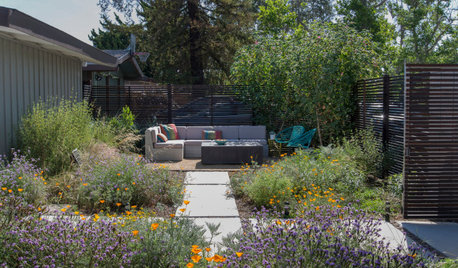
GARDENING GUIDESPlant Native Annual Flowers for a Garden Surprise Every Year
These 15 well-adapted native annuals can add spontaneity to gardens around the country
Full Story
GREEN BUILDINGWhy You Might Want to Build a House of Straw
Straw bales are cheap, easy to find and DIY-friendly. Get the basics on building with this renewable, ecofriendly material
Full Story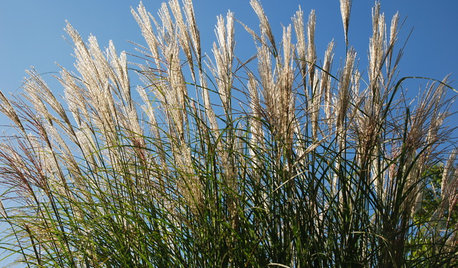
LIFEConsider Avoiding These Plants to Help Keep Your Garden Fire-Safe
Plants that accumulate dead material, are high in oil or have low moisture content in leaves put some homes at risk
Full Story
LIFEThe Polite House: How to Deal With Noisy Neighbors
Before you fly off the handle, stop and think about the situation, and follow these steps to live in harmony
Full Story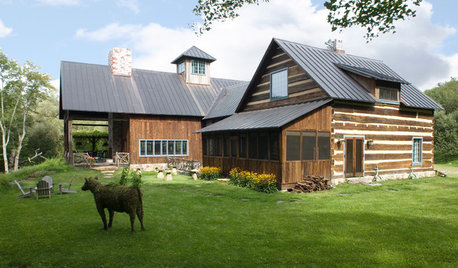
LIFEThe Polite House: Do I Have to Display Decor Given to Me as a Gift?
Etiquette columnist Lizzie Post tackles the challenge of accepting and displaying home decor gifts from frequent visitors
Full Story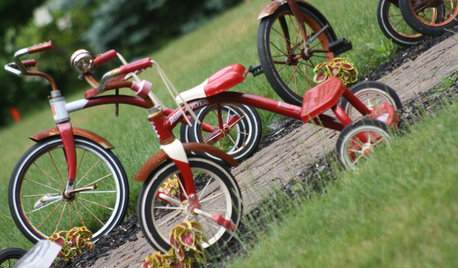
THE POLITE HOUSEThe Polite House: How to Handle a Grievance With a Neighbor and an HOA
A condo resident complains about noise from a toddler out with her mom on a 7 a.m. dog walk. Does the mother have any recourse?
Full Story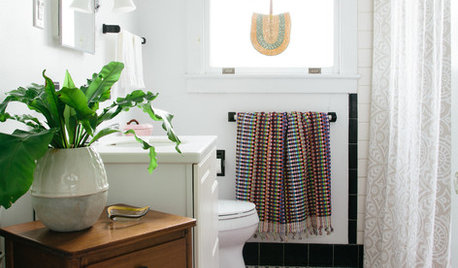
CONTAINER GARDENSFreshen Up the Bath With Lush and Healthy Plants
Learn how to choose and care for plants that will do well in your space
Full Story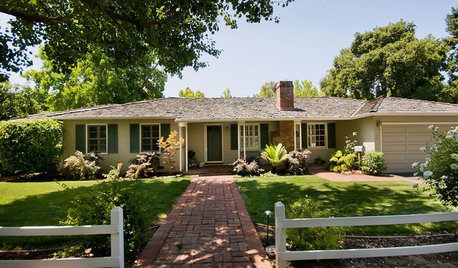
ARCHITECTURE10 Advantages of the Humble Ranch House
Boomer-friendly and not so big, the common ranch adapts to modern tastes for open plans, outdoor living and midcentury mojo
Full Story
TREESGreat Design Plant: Southern Magnolia, Iconic U.S. Native
Massive, fragrant blooms and deep green leaves set Magnolia grandiflora apart from other large shade trees
Full Story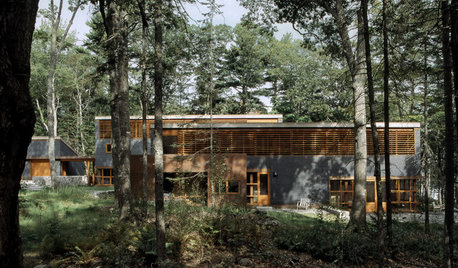
ARCHITECTURE'Houses of Maine' Puts Modernism in Its Place — in Nature
Set in the meadows and woods of Maine, the homes in this book give modern architecture a natural context
Full Story








Joe1980
jrussell_wilsonpc_com
Related Professionals
Beachwood Landscape Architects & Landscape Designers · Grand Haven Landscape Architects & Landscape Designers · Ilchester Landscape Architects & Landscape Designers · Kaneohe Landscape Contractors · Midland Landscape Contractors · Pahrump Landscape Contractors · Saint George Landscape Contractors · Tyngsboro Landscape Contractors · Huntley Window Contractors · Washington Window Contractors · Chaska Fence Contractors · Hutto Fence Contractors · Silver Spring Fence Contractors · South Yarmouth Fence Contractors · San Lorenzo Fence Contractorsjodik_gw
susan2010
qwertyrsvp
drew51 SE MI Z5b/6a
jodik_gw
drew51 SE MI Z5b/6a
greenman28 NorCal 7b/8a
jodik_gw
User
musicgal
jodik_gw